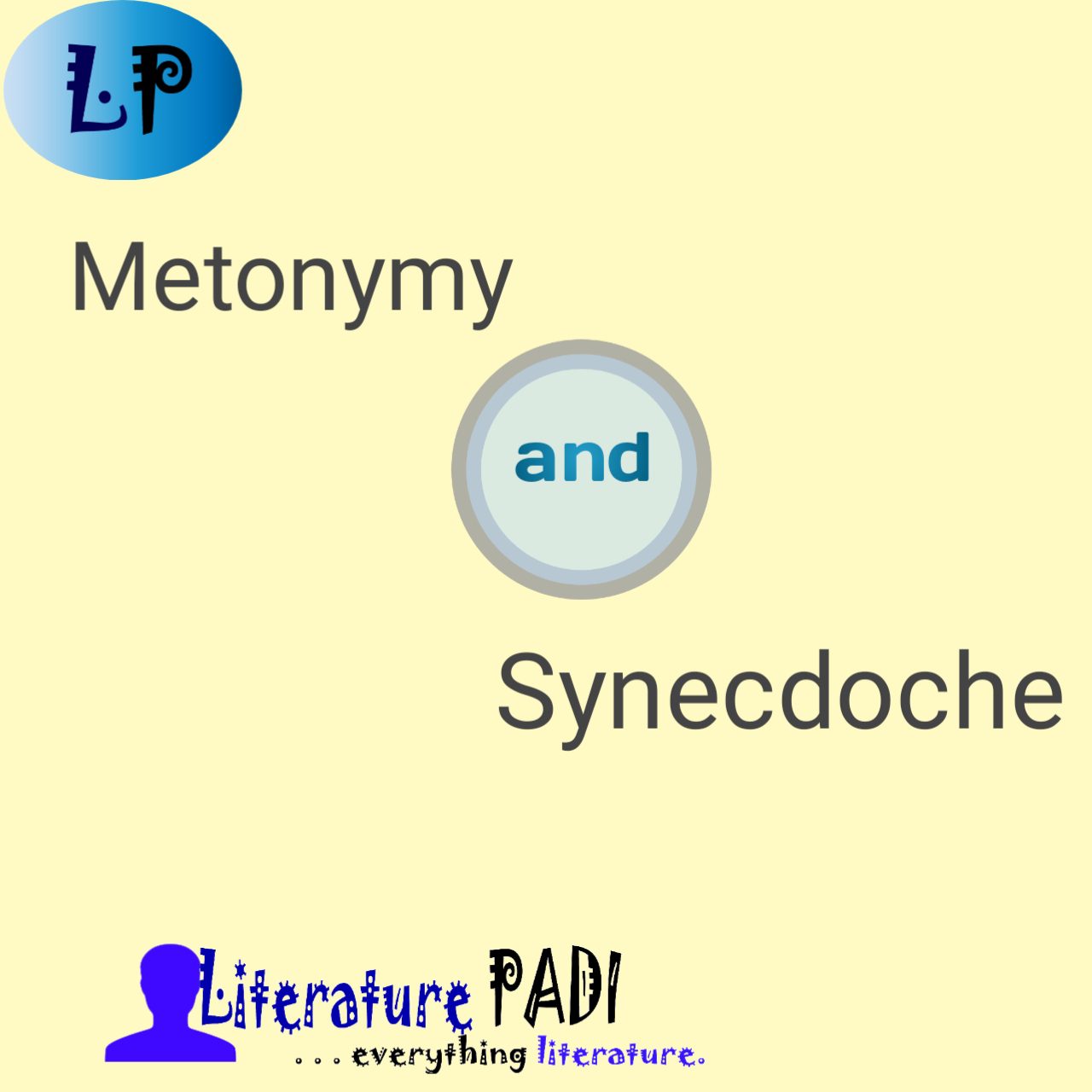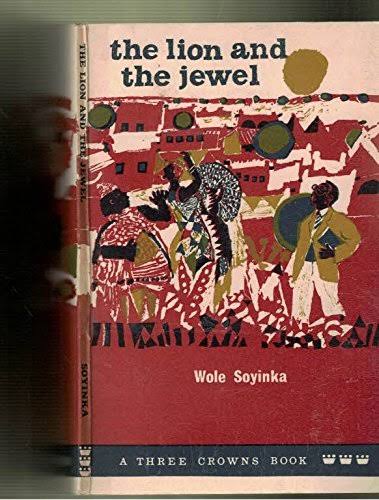Metonymy and Synecdoche are two similar figures of speech. Literature students often mistake one for the other. The reason for the mistake lies in things they have in common.
Although they share some things in common, they remain two different figures of speech. In this post, I shall attempt to distinguish between metonymy and synecdoche. Now, a little digression . . .
A few weeks ago, an acquaintance in my department happened to stumble on a post from this website. It’s the Content Analysis of Chibuike Onu’s A Government Driver on His Retirement.
When we met, he raised a sincere observation about a particular line in the poem and the figure of speech I called it. I checked the post for the said error but after examining it, I found out there was nothing wrong. I realised he made a mistake and was not hesitant to call his attention to this.
The contending parts are in lines 1, 5, and 29 of the poem where “the wheel”, a handwheel that is used for steering and a part of the vehicle, is used to represent a vehicle. This obviously is synecdoche at play; it is part of what a synecdoche entails. A part representing a whole or a whole representing a part.
There are other examples of synecdoche in the poem. One is “boozy throat” which aptly refers to the drunk driver; a throat representing the entire human body.
The reason for bringing this anecdote up is to let you know that no one is infallible of such mistakes as this. Even I, while preparing that analysis, had checked well to be double-sure I was correct lest I mislead my readers. I believe you’ve gotten a wind of what synecdoche entails. Now, let’s delve into the definitions of the two concepts.
DEFINITIONS
A synecdoche is a literary device that uses a part of something to refer to the whole or vice versa. In other words, a part of an object is used to represent the entire object or the entire object is used to represent a part.
The Concise Oxford Dictionary of Literary Terms defines a synecdoche as “a figure of speech by which something is referred to indirectly, either by naming some part or constituent of it or –less often- by naming some more comprehensive entity of which it is a part.”
Merriam Webster Online Dictionary also defines synecdoche as “the practice of using a part of something to stand in for the whole thing”.
A metonymy, on the other hand, is a figure of speech that refers to the practice of referring to an object or subject by using another word that is intricately linked to the formal name or word.
The Concise Oxford Dictionary of Literary Terms puts a metonymy as “a figure of speech that replaces the name of one thing with the name of something else closely associated with it.”
Merriam Webster Online Dictionary further adds that it “refers to the use of the name of one thing to represent something related to it”.
SIMILARITIES
These two figures of speech involve the substitution of an item for the other. In the case of synecdoche, it’s the substitution of a thing by a part of the thing. For metonymy; it’s the substitution of a thing or concept by another thing closely related to the thing.
Both metonymy and synecdoche are so closely related that some dictionaries bestow the definition of synecdoche on metonymy; for instance, Wordweb. Even The Concise Oxford Dictionary of Literary Terms regards synecdoche as “a kind of metonymy”. But it’s our duty as students of literature to distinguish between the two.
EXAMPLES
Synecdoche
(1) They counted the heads in the last population census. (“heads”, a part of the human anatomy, represents people)
(2) All hands must be on deck to move the African continent to greater heights. (“hands”, a part of the human body, in this context is substituted for everyone; the participation of every individual person)
(3) The driver got behind the wheels. (“wheels”, a part of a vehicle, refers to the vehicle)
(4) All eyes were on the hip-swaying lady with luscious lips. (“eyes” stands for people)
(5) “Please, understand me. I have a lot of mouths to feed.” The corrupt clerk pleaded with the police officer.
Metonymy
(1) Gowns and Crowns were present at the convocation ceremony of Obafemi Awolowo University. (“gowns” means the academia while “crowns” refers to the royalty)
(2) Pen is mightier than Sword. (“pen” could mean written word and “sword” military aggression”)
(3) The heavens went loose the day Bolu was born. (“heavens” is closely associated with rain.
(4) The crown was at the party yesterday. (“crown” could mean the king, the queen or any member of the royal family)
(5) Tolu runs after skirt. (“skirt” refers to the female gender)
(6) Aso Rock announces a severe punishment for tax evaders. (“Aso Rock” stands for Nigerian Government)
CONCLUSION
We’ve examined the two figures of speech. We defined synecdoche as a figure of speech which substitutes a part for a whole or in rare cases a whole for a part.
Metonymy has also been defined as a figure of speech which represents a thing or concept with another thing or attribute related or closely associated with it.
We looked at the similarities and of course, examples, copious enough to clear the air of confusion around metonymy and synecdoche.
You May Also Like:
 WHATSAPP: Click HERE to join the new Literature PADI WhatsApp group to receive latest updates on your phone and for further literary discussions!
WHATSAPP: Click HERE to join the new Literature PADI WhatsApp group to receive latest updates on your phone and for further literary discussions!












[…] Synecdoche and Metonymy: Know the Difference […]
Comments are closed.